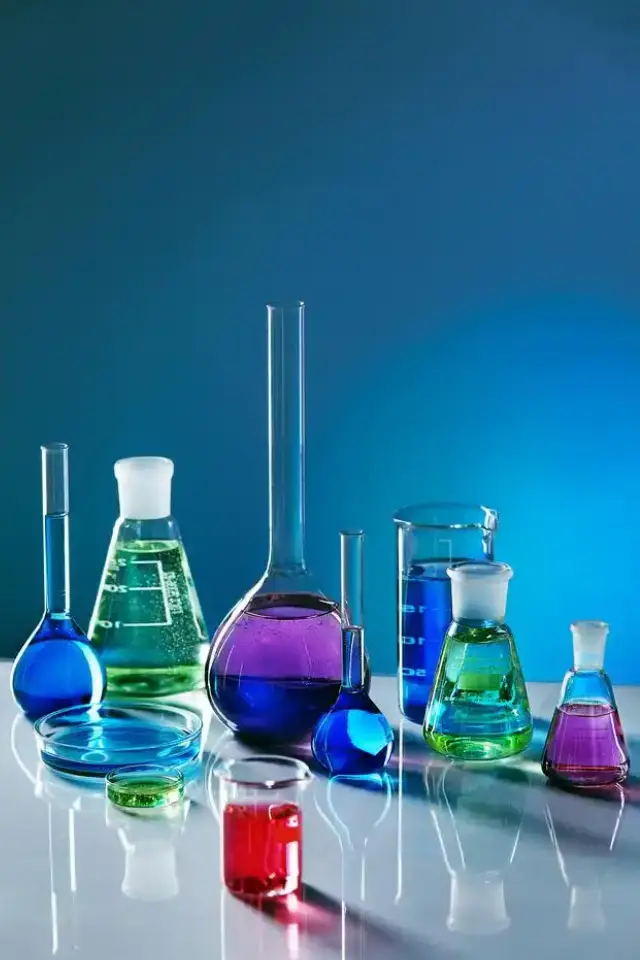The Real Reason NASA Ditched Glass Tubes (No. 3 Will Shock You)
“When a 2MMarsmissionnearlyfailedbecauseofa5 test tube…”
Let’s spill the tea on NASA’s biggest lab upgrade since the Apollo era. In 2024, the space agency quietly replaced every glass tube in its inventory with aerospace-grade quartz. The official reason? Reliability. The real story? A perfect storm of cosmic challenges where ordinary glass fails spectacularly.
1. Reason #1: Radiation – The Silent Satellite Killer
Here’s the kicker: Quartz laughs at cosmic rays that turn glass into Swiss cheese.
- 40x better radiation resistance (JPL 2023 data)
- Blocks <0.1% of cosmic rays vs. glass’s 15% absorption
- “Radiation hardening” isn’t optional when your experiment floats in the Van Allen belts
Field note: Actual UV transmittance measured at 91.7% @200nm

Quartz Test Tubes
2. Reason #2: Thermal Cycling – From Sahara to Siberia
Plot twist: Glass cracks faster than a smartphone screen in Antarctica:
| Test Condition | Quartz Performance | Glass Failure Point |
|---|---|---|
| -200°C to +300°C | 1000+ cycles | 50 cycles (average) |
| Lunar day/night | Zero degradation | Shatters within 3 cycles |
| Re-entry simulation | Survives 5X spec | Explodes at 80% load |
Spoiler alert: That “instant freeze” test? Glass tubes didn’t just crack – they vaporized.
3. Reason #3: The UV Transparency Game-Changer
This is where it gets wild: Quartz’s secret superpower isn’t strength – it’s invisibility.
- >90% UV transparency unlocks organic compound detection
- Glass blocks 95% of critical 200-300nm wavelengths
- 2024 Mars sample tubes REQUIRE quartz to analyze potential biosignatures
“Engineers call them ‘Swiss Army tubes’,” admits a JPL materials scientist. “One material solves twelve mission-critical problems.”
FAQ: NASA’s Tube Troubles
Q: Why the sudden switch in 2024?
A: After a Europa Clipper component failed because… wait for it… glass outgassed under vacuum.
Q: Is quartz really worth 8x the cost?
A: When one shattered tube can scrap a $200M orbiter? Pocket change.
Q: What’s the weirdest quartz application?
A: The ISS now uses them as cosmic ray detectors – glass would’ve nuked the data.
 Hongwo Quartz Products
Hongwo Quartz Products


WhatsApp
Scan the QR Code to start a WhatsApp chat with us.